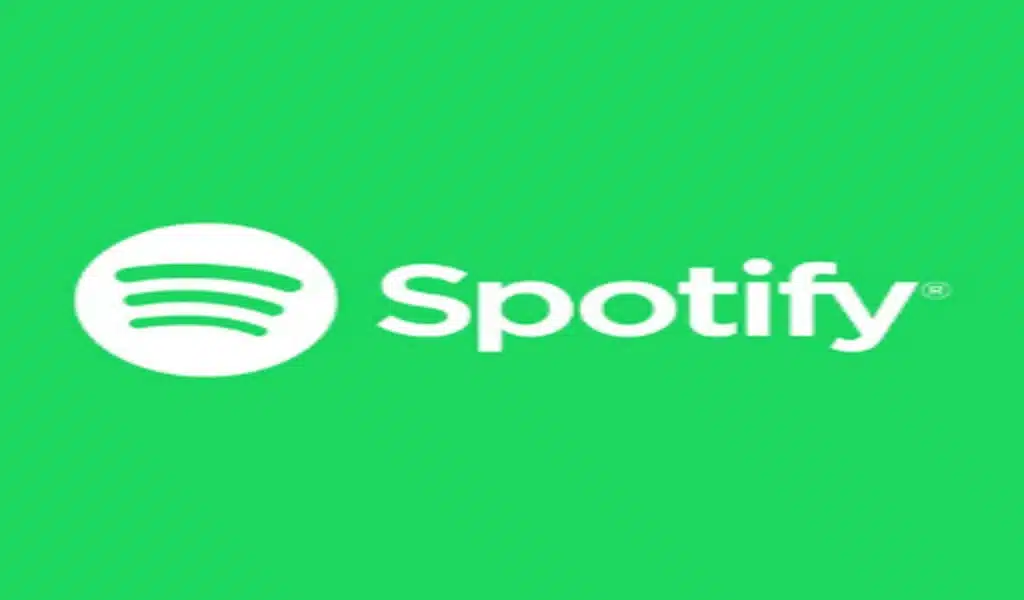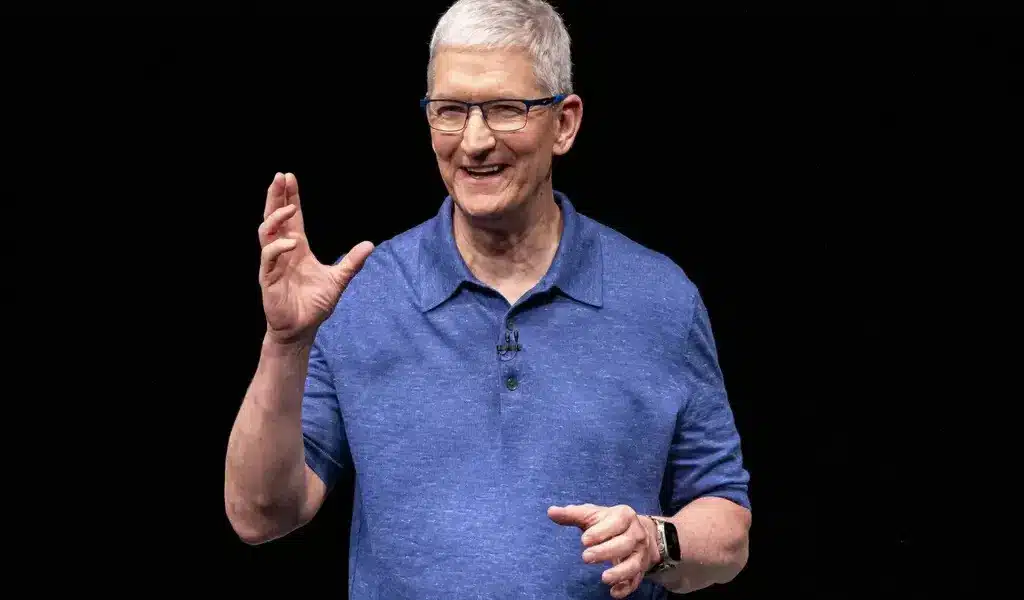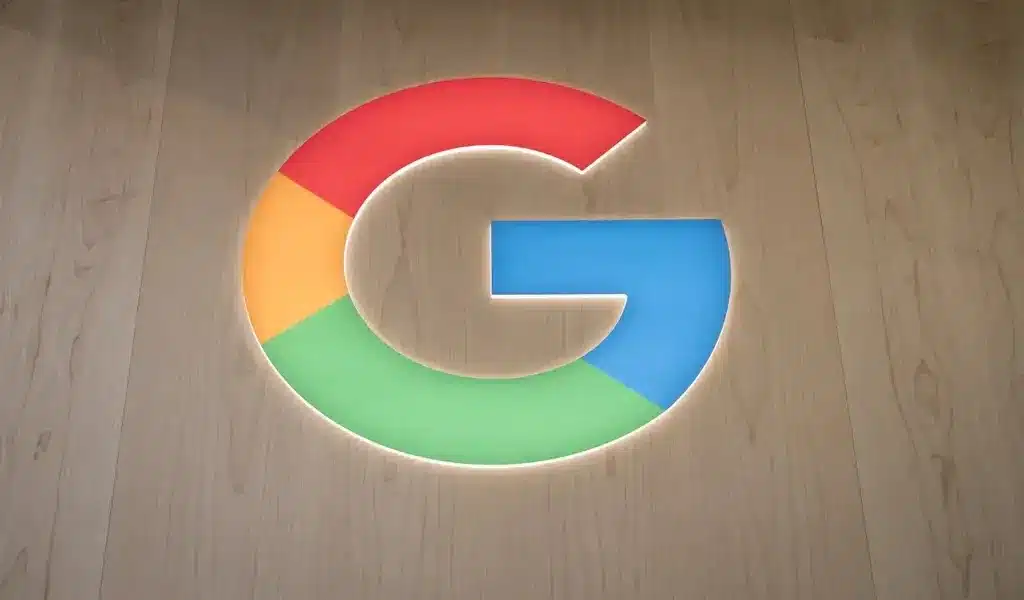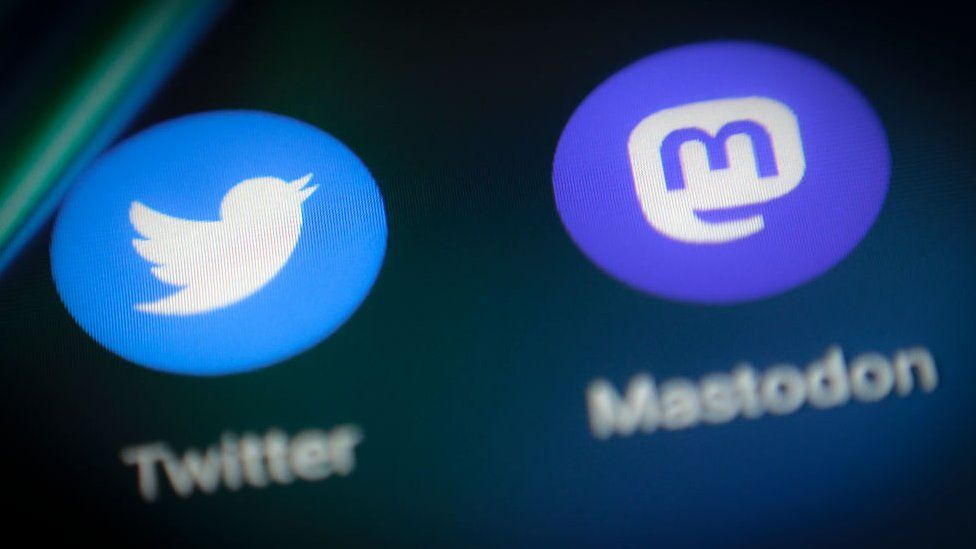Tech
Twitter Prohibits Linking to 7 Social Media Platforms, Including Facebook and Instagram

Twitter users will no longer be able to link to certain rival social media websites, including Facebook, Instagram, and Mastodon, which the company described as “prohibited platforms” on Sunday.
It’s the latest move by Twitter’s new owner, Elon Musk, to crack down on certain speeches after he shut down a Twitter account tracking his private jet’s flights last week.
“We recognize that many of our users are active on other social media platforms; however, Twitter will no longer allow free promotion of specific social media platforms on Twitter in the future,” the company said in a statement.
Popular platforms that have been blocked include Facebook and Instagram, as well as upstart competitors Mastodon, Tribel, Nostr, Post, and former President Donald Trump’s Truth Social. Twitter did not explain why those seven websites were included on the blacklist but not others such as Parler, TikTok, or LinkedIn.
Twitter has stated that accounts that include the banned websites in their profile will be temporarily suspended. However, because the practice is so widespread, it’s unclear whether — or how — the company will enforce the restrictions on Twitter’s millions of users worldwide.
Twitter also prohibits the promotion of third-party social media link aggregators like Linktree, which some people use to show where they can be found on various websites.
Twitter previously blocked links to one of its competitors, Mastodon, after its main Twitter account mentioned the @ElonJet controversy last week. Mastodon has grown rapidly in recent weeks as an alternative for Twitter users dissatisfied with Musk’s overhaul of the company since he bought it for $44 billion in late October and began restoring accounts that violated the previous Twitter leadership’s rules against hateful behavior and other harms.
Some Twitter users have included links to their new Mastodon profile and have encouraged followers to visit it. Attempts to circumvent restrictions, such as spelling out “Instagram dot com” and a username instead of a direct website link, are now prohibited on Twitter.
Instagram and its parent company, Facebook, did not respond to requests for comment on Sunday. Twitter stated that it would continue to allow “paid advertisement/promotion” from otherwise prohibited platforms and “cross-posting” some content from prohibited sites.
Musk banned the @ElonJet account permanently on Wednesday, then changed Twitter’s rules to make it illegal to share another person’s current location without their consent. He then went after journalists writing about the jet-tracking account, which is still available on Mastodon, Facebook, Instagram, and Truth Social, claiming that they were broadcasting “basically assassination coordinates.”
He used this to justify Twitter’s decision last week to suspend the accounts of numerous journalists who cover the social media platform and Musk, including reporters from The New York Times, Washington Post, CNN, Voice of America, and others. Following Musk’s online poll, many of those accounts were restored.
The Washington Post’s Taylor Lorenz became the latest journalist temporarily banned from Twitter over the weekend.
Lorenz stated that she and another Post technology reporter were working on an article about Musk. She had attempted to contact the billionaire but had received no response, so she tried again on Saturday by tagging Musk and requesting an interview on Twitter.
The specific topic was not disclosed in the tweet, but it was in response to Musk tweeting earlier in the week about an alleged incident in Southern California involving a “violent stalker” and Musk’s claims that journalists were revealing his family’s location by referencing the jet-tracker account.
When Lorenz returned to Twitter later Saturday to see if there had been a response, she was informed that her account had been “permanently suspended.”
“I won’t say I didn’t expect it,” Lorenz said in a phone interview with The Associated Press early Sunday. She claimed she was not given a reason for the ban.
Sally Buzbee, The Washington Post’s executive editor, said in a written statement Sunday that the “arbitrary suspension of another Post journalist further undermines Elon Musk’s claim that he intends to run Twitter as a platform dedicated to free speech.
“Once again, the suspension came with no warning, process, or explanation — this time as our reporter sought comment from Musk for a story,” Buzbee said. “Journalists from the Post should be reinstated immediately and without arbitrary conditions.”
Lorenz’s account had been restored by midday Sunday, as had the tweet she thought had triggered her suspension.
Elon Musk Outs New York Times Over Twitter Censorship
Tech
Spotify Is Facing Competition From Ad Giants On The New Ad Exchange.

(VOR News) – Spotify is now running a pilot trial for a new ad exchange in an effort to improve its capabilities in the area of automated advertising.
Their goal is to increase their capabilities in this area. In the beginning, the application will have a key emphasis on the sharing of films as its primary emphasis Through the implementation of this project, Spotify is attempting to make a strategic move in order to compete more effectively with larger platforms such as Meta and Google for advertising revenue.
This action is being taken in order to provide Spotify with an advantage over its competitors. Prior to this point in time, a substantial chunk of Spotify’s programmatic advertising solutions had been limited to programmatic direct transactions. This restriction was lifted. The circumstances had been like this up until this point in time.
These deals buy Spotify advertising through salespeople rather than auctioning it.
This is in contrast to the traditional method of purchasing advertising. Spotify plans to expand the variety of automated advertising options it provides by utilizing SAX and establishing agreements with a large number of other digital service providers.
This will allow Spotify to fulfill its goal of expanding its advertising options. To add insult to injury, this will be in addition to the initial partnership that the company created with The Trade Desk.
According to Axios, a number of insiders who are familiar with the effort have informed the journal that the platform hopes to ease the process of advertising expenditures for both small and medium-sized businesses as well as for existing clients, which may include well-known brands.
This information was provided by insiders. The insiders were the ones who shared this knowledge with us. The freshly built exchange is capable of being integrated into a wide range of demand-side platforms, which will make it simpler for advertisers to establish direct relationships with Spotify’s advertising inventory.
This is because the exchange was recently developed. Because of this, there will be a greater possibility that marketers will utilize the advertising inventory provides. When it comes to the Spotify Ad Exchange, which is also referred to as SAX, The Trade Desk is the first content delivery platform (DSP) partner that Spotify has ever had. February of this year marked the beginning of this cooperation to be developed.
At this point in time, the primary focus of the relationship is on the incorporation of The Trade Desk’s North American clients into the video ad inventory that Spotify offers. Because of this, the collaboration is of the utmost significance.
Plans are underway to add audio ads to Spotify’s partnership.
This matter is under consideration. One is considering this specific element. The link was tested for the first time the week before to last. It was rigorously tested.
In reaction to the continued success that YouTube has had in stealing the audience for the podcasts that are supplied by Spotify, the streaming service has been making attempts to improve the quality of the videos that it provides. This is a response to the fact that YouTube has been such a successful competitor.
According to Edison Podcast Metrics, thirty-one percent of weekly podcast listeners who are thirteen years old or older prefer to listen to their podcasts on YouTube. This information was obtained from data collected by Edison Podcast Metrics. On the other hand, only 15% of people listen to Apple Podcasts, whereas 27% of people subscribe to Spotify.
The popularity of Apple Podcasts is relatively high. When contrasted with the situation involving Apple Podcasts, there is a substantial difference.
During the same time period, Spotify has made the announcement that it will be expanding its capacity to include music videos to approximately one hundred regions across the globe. As a consequence of this, the company will have access to an even broader variety of choices in the field of video advertising than it did before.
SOURCE: RIN
SEE ALSO:
Apple Unveiled A Fresh Glimpse Of Their AI Featuring ChatGPT Integration.
Google Releases Software That Stamps Text Generated By Artificial Intelligence.
Tech
Apple Unveiled A Fresh Glimpse Of Their AI Featuring ChatGPT Integration.

(VOR News) – On Wednesday, a beta version of many Apple Intelligence features was made available to the general public. One of these capabilities, ChatGPT, was something Apple had been looking forward to incorporating.
In the summer of this year, the business declared that it would be adjusting to rapid advancements in artificial intelligence. However, users are just gradually learning about the company’s capabilities. Because the technologies are only available on the latest iPhone models, investors expect the artificial intelligence capabilities will lead to a rise in the number of iPhone upgrades.
Apple has stated that the formal public release of Apple Intelligence will take place next week as part of the official release of iOS 18.1, despite the fact that it has already been made available in previews for developers and early adopters.
Despite the introduction of Apple Intelligence, this announcement took place.
Software developers were given access to a beta version of iOS 18.2, which was released on Wednesday. These latest changes are included in the software’s beta version. Apple developer betas often go through a cycle that lasts for a few weeks before they are made available to the public.
The iOS 18.2 preview includes the following features:
Thanks to its cutting-edge capabilities, Apple Intelligence allows users to select how they want a passage of text to be rewritten. One of the photo generators that uses to create new emoticons is called “Genmoji”.
Image Playground is the current name of Apple’s artificial intelligence-powered image creation tool. A software program called Image Wand lets users remove objects and other distractions from photos.
ChatGPT is currently integrated into the system and is managed by OpenAI. Although it is not included in this update, the long-awaited capability of Siri to carry out operations within programs is expected to be included soon. Siri would have the ability to carry out tasks inside such apps.
The organization that reacts to messages is ChatGPT.
In June, Apple declared its intention to merge with ChatGPT. At the time, the business said that OpenAI’s chatbot, not Apple Intelligence or Siri, could provide customers with answers to more complex questions or concerns.
This is true even though Siri and Apple Intelligence rely on semiconductors made and utilized in the company’s wide range of computing products. At its developer conference, Apple gave a presentation that showed off the ChatGPT integration’s potential future features.
When a user asks a question that Siri thinks is better suited for ChatGPT, it will ask for permission to pose the inquiry on the user’s behalf. OpenAI does not require users to have an OpenAI account in order to use it.
Additionally, users will be able to input text by using ChatGPT in text fields to create such content.
Furthermore, Apple plans to use ChatGPT as part of a feature it calls Visual Intelligence. This functionality will be implemented by Apple. This capability allows the phone’s camera to recognize text or objects and, in addition, translate signs in real time while doing so.
Collaboration between the two businesses allowed OpenAI, which is now valued at $157 billion after a funding round that was revealed earlier this month, to reach a notable level of success. Cooperation between the two groups made this possible.
When the connection was first revealed, OpenAI CEO Sam Altman was reportedly wandering around Apple headquarters. This was developed as a result of Microsoft’s intention to significantly incorporate OpenAI models into its products. On the other hand, neither OpenAI nor have disclosed any information about the partnership’s financial situation to the public.
Additionally, OpenAI held a financing round in which did not participate. Executives at Apple have also hinted that other AI models, like those created by Google, might eventually be able to merge with Intelligence. Apple executives have made this claim.
The public has already tested a number of Apple Intelligence capabilities. By the start of the next week, these features are expected to be available to the general public as part of iOS 18.1.
A fresh look for Siri, the ability to edit text, and notification summaries that distill a mountain of push messages into a few sentences were among the first wave of tools to be made available. These were only a handful of the instruments that were made available.
SOURCE: CNBC
SEE ALSO:
Appeals Court Delays Order For Google To Open Its App Store In Antitrust Case
Reddit Will Expand Its AI Collaborations And Test Search Summaries Created By AI.
Google Releases Software That Stamps Text Generated By Artificial Intelligence.
Tech
Google Releases Software That Stamps Text Generated By Artificial Intelligence.

(VOR News) – Using Google’s SynthID Text technology, which is now available to the public, developers will be able to watermark and identify text that is generated by generative artificial intelligence. Designers are able to make use of this technology.
Users have the ability to download SynthID Text using Hugging Face as well as Google’s newly released Responsible GenAI Toolkit.
X was the platform on which the company made the announcement that they will release their SynthID Text watermarking technology entirely free of any constraints. It is available for free usage by businesses and developers, and it can identify information that was generated by artificial intelligence.
You need to define Google SynthID Text and how it works.
When the question “What is your favorite fruit?” is posed to text-generating algorithms, they make an estimate as to which “token” will come after another token, each token in turn.
The investigation is the source of these hypotheses. Tokens, which may be letters or words, are required for generative models in order for them to process input. It’s possible that a token is just a single character or word. A score is assigned to each token by a model.
Using this score, one can determine the likelihood that a certain token will be included in the final text. In Google’s words, SynthID Additionally, the text “modulates the likelihood of tokens being generated,” which means that it contributes additional information to
“The final pattern of scores for both the model’s word choices combined with the adjusted probability scores is considered the watermark,” the business stated in its announcement. “The watermark is considered to be the final pattern of scores.”
This pattern of discoveries may be compared with the expected pattern of scores for watermarked and unwatermarked text, which allows SynthID to assess whether the text was generated by an artificial intelligence program or whether it was derived from external sources. In order to accomplish this, the results are compared to the expected scores.
Despite the fact that it is compatible with text that has been cropped, paraphrased, or edited, Google asserts that the incorporation of SynthID Text into their Gemini models, which began in the spring, does not have an impact on the quality, accuracy, or speed of text synthesis.
The corporation recognizes that Google’s watermarking method has limitations.
The performance of SynthID material is low when it contains fact-based responses, content that has been edited or translated, or material that is concise.
According to the explanation provided by the company, “there are fewer opportunities to adjust the token distribution without affecting factual accuracy,” which is a requirement for factual rapid responses.
You may ask questions such as “What is the capital of France?” or you could request “Recite a poem by William Wordsworth.” Both of these inquiries are feasible. There is very little to no change in response required to these questions.
Several organizations, including Google, are conducting research on artificial intelligence text watermarking technology. For years, OpenAI has been conducting research on various watermarking methods; however, the diffusion of these approaches has been hampered by both technical and commercial difficulties.
The use of text watermarking could be an effective means of preventing malicious “AI detectors” from more widely spreading. On the other hand, these “AI Google detectors” incorrectly identify essays and articles that are generic.
There remains, however, the question of whether or not they will be widely adopted, as well as whether or not the proposed standard or technology of one group will win over those of other organizations. There must be responses to both questions.
The implementation of legal measures that compel developers to hand over their hands is expected to occur in the near future. Artificial intelligence-generated Google content must be watermarked in China. California is contemplating implementing a system that is analogous to this one.
Additionally, the Google situation can also be referred to as an “urgency.” It is possible that by the year 2026, ninety percent of the material that is available online will have been manufactured on purpose, as stated in a report by the European Union Law Enforcement Agency.
On the other hand, this would provide new challenges for law enforcement in the areas of disinformation, propaganda, fraud, and deception.
Amazon Web Services (AWS) discovered that artificial intelligence may be responsible for sixty percent of the words that are found online. This discovery is connected to the widespread application of AI translators.
SOURCE: TCN
SEE ALSO:
Reddit Will Expand Its AI Collaborations And Test Search Summaries Created By AI.
Appeals Court Delays Order For Google To Open Its App Store In Antitrust Case
-
News3 weeks ago
The Biden Administration can go Ahead With Student Loan Forgiveness, Says a Federal Judge.
-
News3 weeks ago
Tesla Recalls 27,000 Cybertrucks Due To A Rearview Camera Issue
-
World3 weeks ago
Uber Hires Yandex Spinoff Ride-Hail and Autonomous Delivery With Avride
-
Tech3 weeks ago
Accenture and NVIDIA Collaborate to Enhance AI Implementation.
-
Tech3 weeks ago
Meta has started the Facebook Content Monetization Program.
-
Election News3 weeks ago
Chief Operating Officer Of Truth Social’s Parent Company Resigns















































